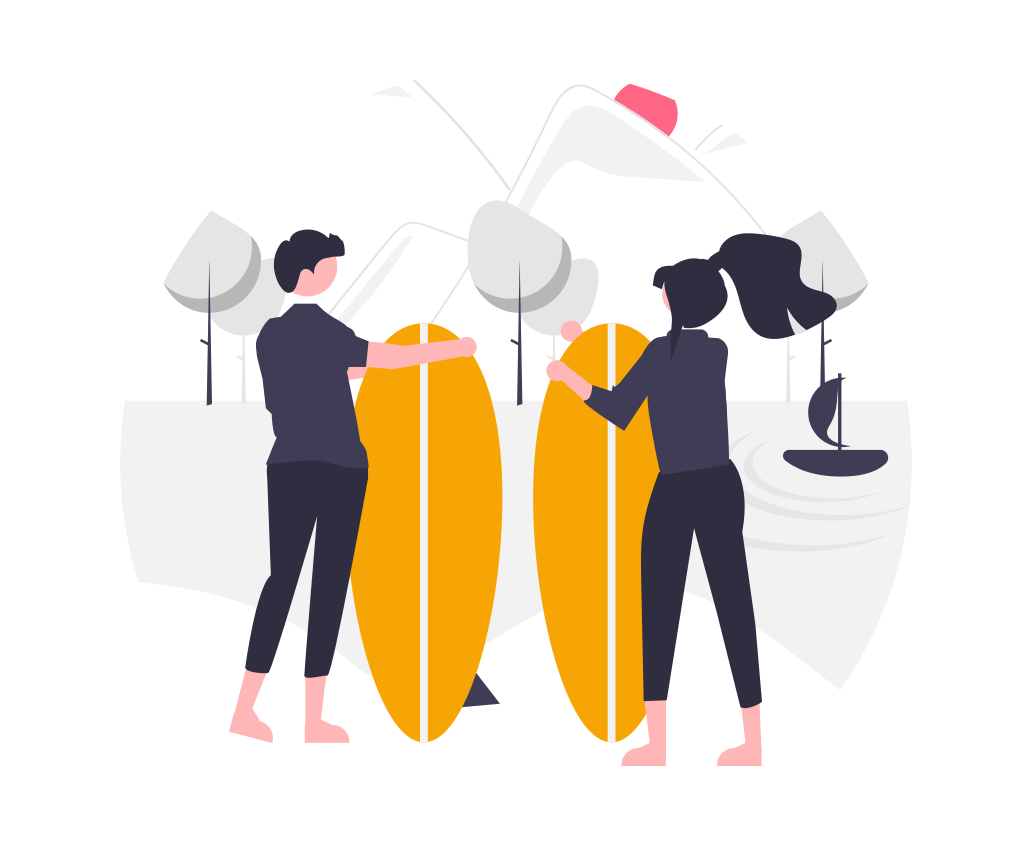6 June 2022

Plenty of fish in the sea? The age-old saying might be more accurate in recent years if you replace “fish” with “plastic”; considering that plastic already outnumbers sea animals by seven to one.
In this article we’ll be detailing why using marine and ocean plastics in your packaging is a great move – not just for your brand but also for the environment. Packaging accounts for 40% of plastic but is the highest end-use market segment. Of all the packaging that ends up in the ocean:
Scary statistics are all very well, but what about the types of plastics and how can you use them in your packaging? Here are the seven types of plastic and the grade of plastic it is associated with when recycling:
Each plastic has a different way of being recycled, there are variations in the way that different types of plastic are made and therefore there are a variety of ways in which those plastics can be broken down. Due to plastics – especially if they’re mixed with other materials – being so difficult to break down means that 91% of plastic isn’t recycled. When plastic isn’t recycled it is jettisoned, around 10 million tonnes of plastic is thrown into the ocean each year. Here are some statistics that will have you looking for sustainable solutions:
Ocean bound plastic packaging accounts for 80% of plastic found in the ocean. Ocean bound plastic is categorized in the following categories by Ocean Bound Plastic Cert:
The issues relating to plastic in the sea could be reversed by using marine plastic as a material for your company’s business packaging – not to mention your brand’s products. Ocean plastic is already being used for products such as the Got Bag backpack, Norton Point sunglasses, 4ocean bracelets, Sea Bag bags. Ocean plastic can be used to make your primary and secondary packaging 100% sustainable without compromising on the quality.
For more information on how BPAK can give you sustainable, ethical packaging options follow this link to a list of our top 5 eco materials. As a packaging solutions and services provider BPAK understands the importance of offering materials and service alternatives that suit all of our clients and benefit the environment in a positive way.